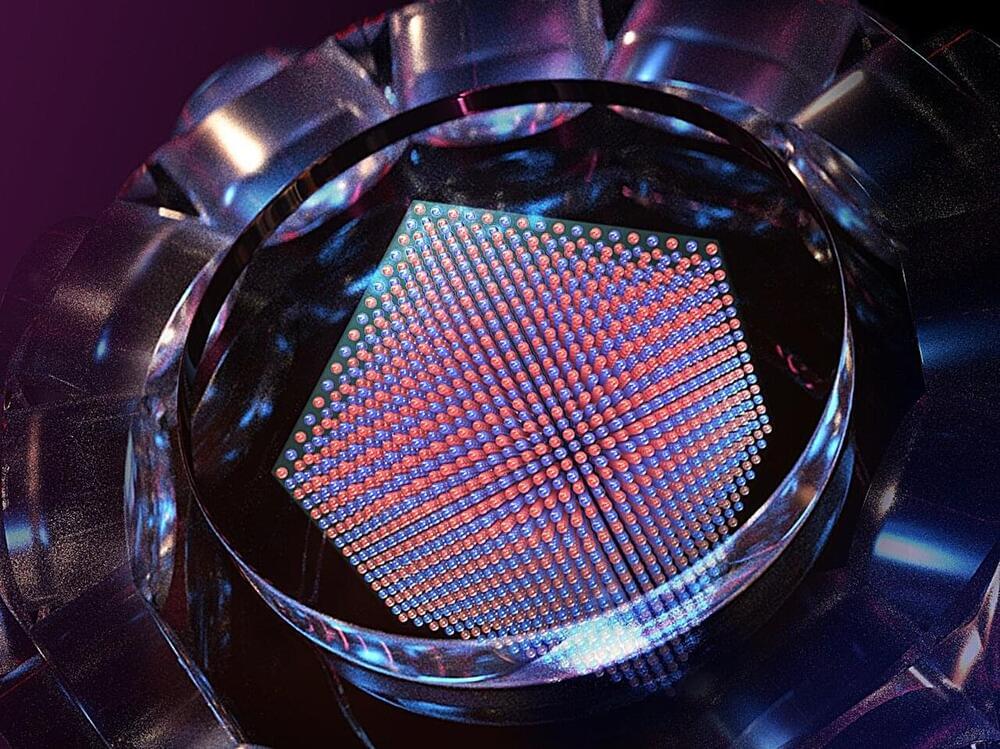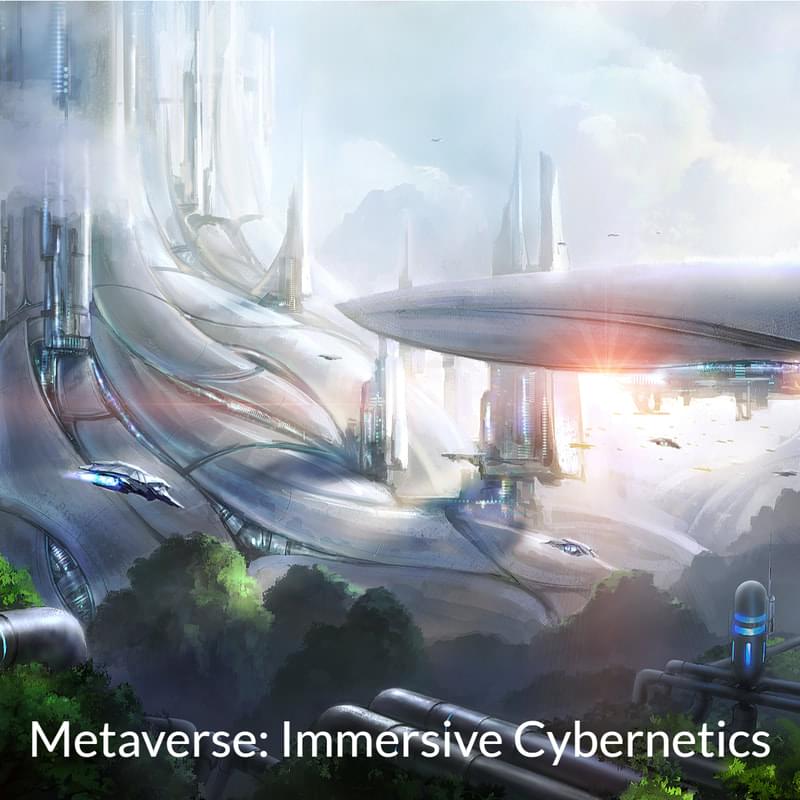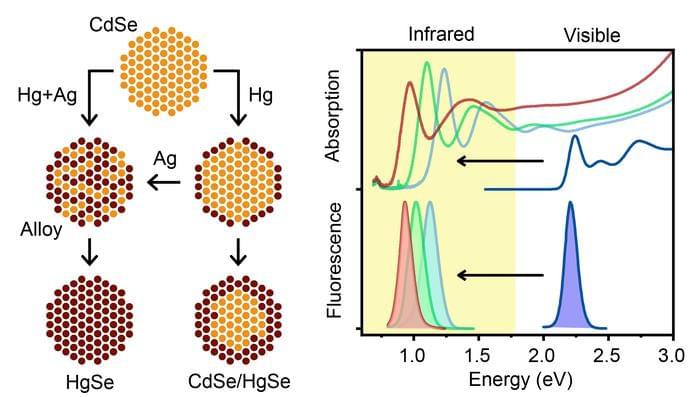Jul 10, 2024
Visualizing the boundary modes of the charge density wave in a topological material
Posted by Saúl Morales Rodriguéz in categories: materials, quantum physics
Charge density waves are quantum phenomena occurring in some materials, which involve a static modulation of conduction electrons and the periodic distortion of the lattice. These waves have been observed in numerous condensed matter materials, including high-temperature superconductors and quantum Hall systems.
While many studies have investigated these states, so far experimental observations of the boundary states that emerge from charge density waves are still scarce. In a recent paper, published in Nature Physics, researchers at Princeton University and other institutes worldwide have visualized the bulk and boundary modes of the charge density wave in the topological material Ta2Se8I.
“Our research group focuses on discovering and investigating novel topological properties of quantum matter utilizing various state-of-the-art experimental techniques that probe electronic structure of the materials,” Maksim Litskevich, co-author of the paper, told Phys.org. “In recent years, the physics community has experienced excitement exploring the intriguing and rich properties of Kagome materials, which intricately intertwine geometry, topology, and electronic interactions.”

















